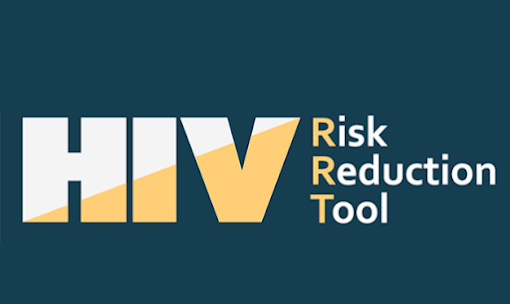Learn more about HIV
HIV (Human Immunodeficiency Virus) is a virus that attacks the body’s immune system. If HIV is not treated, it can lead to AIDS (acquired immunodeficiency syndrome).
Learning the basics about HIV can keep you healthy and prevent HIV infection. You can also download materials to share or watch videos with basic information about HIV.
Media icon resolution video
What is HIV?
HIV (Human Immunodeficiency Virus) is a virus that attacks the body’s immune system. If HIV is not treated, it can lead to AIDS (acquired immunodeficiency syndrome).
There is currently no effective cure. Once people get HIV, they are for life.
However, HIV can be controlled with proper treatment. HIV-Confused people who receive effective HIV treatment can live longer, healthier lives and protect their partners.
Where did HIV come from?
History of HIV
HIV infection in humans came from a type of chimpanzee in Central Africa.
The chimpanzee version of the virus (known as Simian immunodeficiency virus, or SIV) was probably transmitted to humans when people hunted these chimpanzees for meat and came into contact with their infected blood.
Studies show that HIV spread from chimpanzees to humans in the late 1800s.
Over the decades, HIV gradually spread to Africa and later to other parts of the world. We know that the virus has been present in the United States since the mid-1970s.
To learn more about HIV history and epidemics in the United States, see the CDC’s HIV and AIDS Timeline.
How do I know if I have HIV?
The only way to make sure you have HIV is to get tested. Knowing your HIV status helps you make healthy decisions about getting HIV or preventing infection.
Have symptoms?
Symptoms of HIV graphic list: fever, HIV symptoms and tests, cold, rash, night sweats, muscle aches, sore throat, fatigue, swollen lymph nodes and mouth ulcers.
Some people have flu-like symptoms within 2 to 4 weeks of infection (called acute HIV infection). These symptoms can last for several days or weeks. Include possible symptoms
- Fever,
- Cold,
- Rash,
- Night sweats,
- Muscle acches,
- Sore throat,
- Fatigue,
- Swollen lymph nodes and
- Mouth ulcers.
However, some people do not feel sick during a serious HIV infection. These symptoms do not mean that you have HIV. Other illnesses can cause these same symptoms.
If you have these symptoms and think you may be exposed to HIV, see a healthcare provider. The only way to know is to know HIV.
What are the levels of HIV?
When HIV-compressed people are not treated, they usually progress in three stages. However, HIV drugs can slow or prevent disease progression. With the progress of treatment, episode 3 is less common today than the first day of HIV. Stage 1: Acute HIV infection
There is a lot of HIV in human blood. They are very contagious.
Some people have flu-like symptoms. It is a natural response of the body to infection.
But some people may not feel sick right now or at all.
If you have flu-like symptoms and think you are exposed to HIV, seek medical attention and ask for a test to diagnose an acute infection.
Only antigen / antibody tests or nucleic acid tests (NATS) can diagnose acute infections.
Stage 2: Chronic HIV infection
This episode is also called asymptomatic HIV infection or clinical delay.
HIV is still active but reproduces at very low levels.
At this stage, people may not have any symptoms or illness.
Drugs without HIV can last for a decade or more, but some can go faster.
People can transmit HIV at this stage.
At the end of this episode, the amount of HIV (known as viral load) in the blood goes up and the CD4 cell count decreases. As the level of the virus in the body increases, the person may have symptoms and the person goes into stage 3. People who take HIV drugs as prescribed can never go into stage 3.
Stage 3: Acquired Immunodeficiency Syndrome (AIDS)
The most serious episode of HIV infection.
AIDS sufferers have a badly damaged immune system that gets increasingly serious, which is called an opportunistic infection.
People are diagnosed with AIDS when they count their CD4 cells at 200 cells/mm or when they develop certain opportunistic infections.
AIDS people may have a high viral burden, and it can be very contagious.
Without treatment, people with AIDS typically live in iconographic-resolution videos for about three years.
What is HIV?
HIV (Human Immunodeficiency Virus) is a virus that attacks the body’s immune system.

